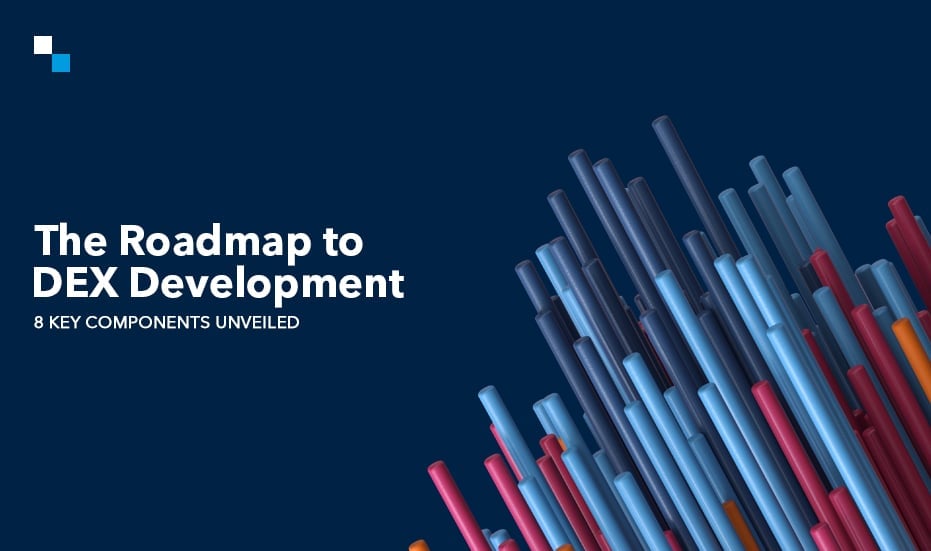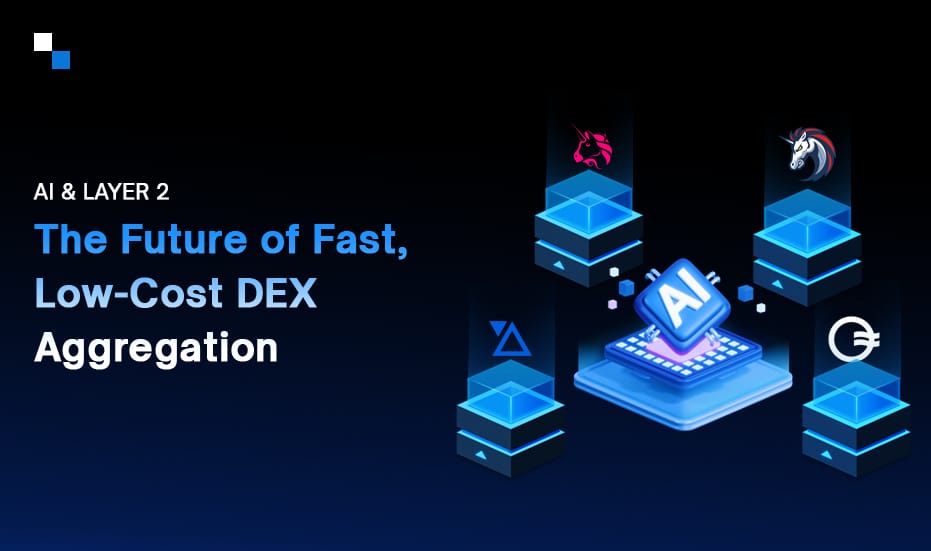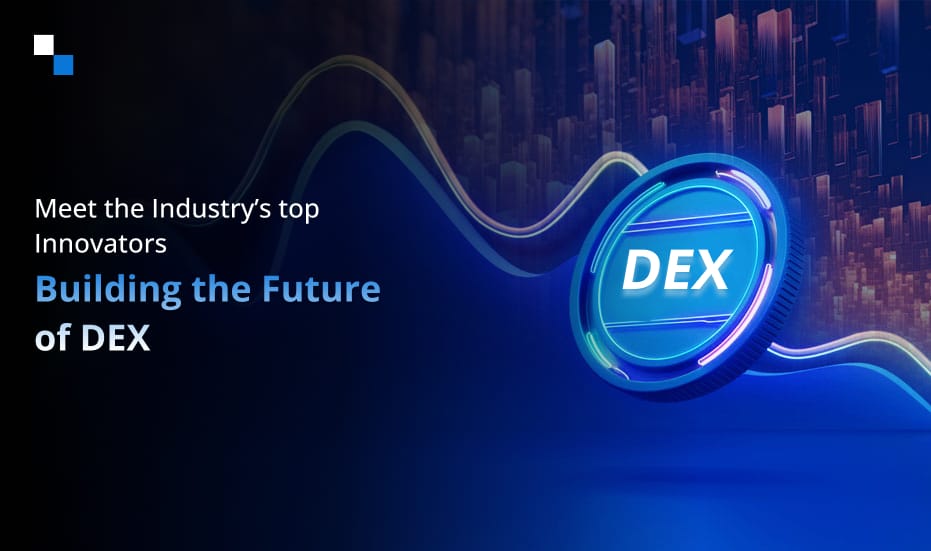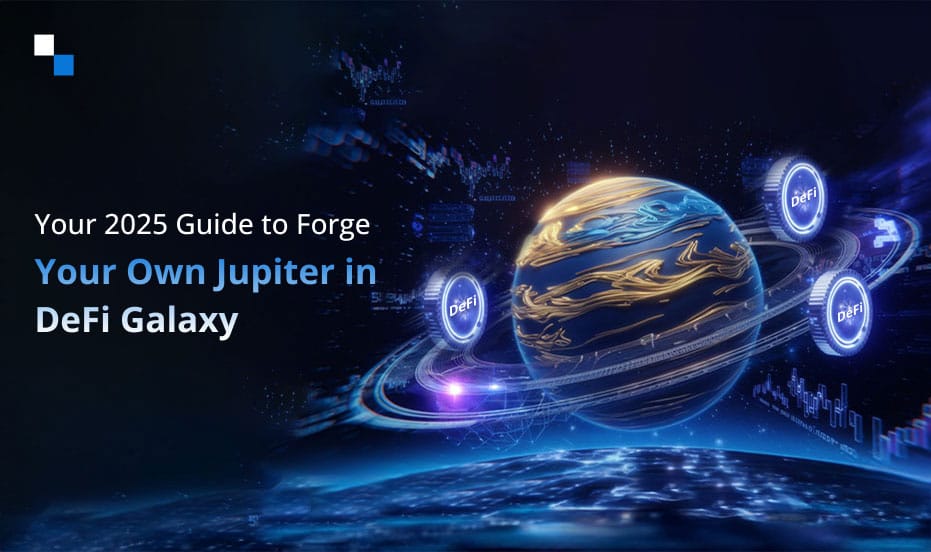
An Explainer White Label Cryptocurrency Exchange Guide To Maximize Gains in 2024
April 22, 2024
The Future of Finance: Unveiling DeFi’s Next Big Steps of 2024
April 23, 2024The world of cryptocurrency has seen rapid growth in recent years, and decentralized cryptocurrency exchange development has become a major highlight. These decentralized exchanges, also known as DEXs, offer a peer-to-peer trading platform for users to exchange cryptocurrencies without the need for a central authority. This brings about a whole new level of security, transparency, and user control in the world of trading.
What Are the 8 Highlights of DEX Development?
Today, we will be exploring the 8 key components of decentralized cryptocurrency exchange development that have made these exchanges a popular choice among traders and investors.
1. Peer-to-Peer Trading
One of the main features of any decentralized crypto exchange software is its peer-to-peer trading system. Unlike centralized exchanges, where all transactions are processed through a central authority, DEXs allow users to trade directly with each other. This eliminates the need for a middleman and reduces the risk of fraud or manipulation. With peer-to-peer trading, users have full control over their funds, as they are not stored on a central server but in their own personal wallets.
2. Non-Custodial Trading
Traditional exchanges often require users to deposit their funds into the exchange’s wallets, making them vulnerable to hacks and theft. However, a DEX development company can build a platform that operates on a non-custodial basis. It means that users will have full control over their funds at all times. This will be achieved through the use of personal wallets and private keys, which are the only way to access and manage the funds. Non-custodial trading provides a higher level of security for users and eliminates the risk of losing funds due to exchange hacks.
3. Decentralized Protocol and Smart Contracts
At the heart of a decentralized crypto exchange software lies a decentralized protocol that governs the exchange’s operations and facilitates peer-to-peer trading. This protocol is typically built on top of a blockchain network, such as Ethereum, and utilizes smart contracts to automate the trading process. Smart contracts are self-executing contracts with the terms of the agreement directly written into code, ensuring transparency and eliminating the need for intermediaries.
Developing a secure and efficient decentralized protocol is crucial for the success of a DEX. Decentralized cryptocurrency exchange development experts must carefully design the protocol to handle various trading scenarios, ensure liquidity, and mitigate potential vulnerabilities. Furthermore, the smart contracts that power the protocol must be thoroughly audited and tested to prevent errors and vulnerabilities that could compromise user funds or the overall integrity of the exchange.
4. Decentralized Order Book and Matching Engine
Unlike centralized exchanges, where order books and matching engines are managed by a central authority, DEXs rely on decentralized order books and matching engines. These components are responsible for facilitating the seamless execution of trades between buyers and sellers without the need for a trusted third party.
Developing a decentralized order book and matching engine presents unique challenges. A DEX development firm must ensure that the order book accurately reflects the current state of the market, while the matching engine efficiently matches compatible buy and sell orders. Additionally, these components must be designed to operate in a decentralized manner, leveraging distributed consensus mechanisms to maintain consistency and integrity across the network.

5. Liquidity and Token Swapping Mechanism
Liquidity is a critical factor in the success of any exchange, and DEXs are no exception. However, ensuring sufficient liquidity in a decentralized environment can be challenging. To address this issue, DEX development company needs to incorporate liquidity pool mechanisms, where users contribute tokens to shared liquidity pools, facilitating token swaps and earning fees in return.
Developing effective liquidity and token swapping mechanisms requires a deep understanding of automated market maker (AMM) models, liquidity provider incentives, and impermanent loss mitigation strategies. Decentralized cryptocurrency exchange development experts must carefully design these mechanisms to ensure sufficient liquidity, promote fair and efficient token swapping, and incentivize liquidity providers to contribute to the ecosystem.
6. Cross-Chain Interoperability
Today, we usually come across numerous blockchain protocols and networks, so cross-chain interoperability has become an important aspect of DEX development . DEXs that can facilitate seamless trading and token transfers across multiple blockchain networks will have a significant advantage over their competitors.
Achieving cross-chain interoperability requires the integration of advanced technologies such as atomic swaps, bridges, and relay networks. A DEX development company must carefully navigate the complexities of these technologies, ensuring secure and trustless cross-chain communication, while also addressing potential scalability and performance challenges that may arise from increased network traffic.
7. User Interface and User Experience
While the underlying technology and protocols are critical to the success of a DEX, the user interface (UI) and user experience (UX) play a pivotal role in driving adoption and fostering a positive user experience. A well-designed UI should be intuitive, visually appealing, and accessible to users of all skill levels, from novice traders to experienced DeFi enthusiasts.
Developing a seamless UI/UX for a decentralized crypto exchange software requires a deep understanding of user behavior, design principles, and the unique challenges associated with decentralized applications (dApps). Decentralized cryptocurrency exchange development professionals must ensure that users can easily navigate the platform and execute trades without unnecessary friction.
8. Security and Decentralization
One of the primary advantages of DEXs is their inherent security and decentralization. Unlike centralized exchanges, which can be vulnerable to hacks, data breaches, and single points of failure, DEXs distribute control and ownership among their users, reducing the risk of centralized vulnerabilities.
Achieving true decentralization and security in a DEX requires a multi-faceted approach. Developers must prioritize secure coding practices, implement robust encryption and authentication mechanisms, and leverage decentralized storage solutions to mitigate the risk of data breaches. Additionally, the integration of decentralized governance models, where users have a direct say in the decision-making process, can further enhance the security and resilience of the exchange.
Wrap Up
Decentralized cryptocurrency exchange development is a complex undertaking that requires a deep understanding of various components and technologies. From decentralized protocols and smart contracts to liquidity mechanisms, cross-chain interoperability, user experience, and security considerations, each component plays a crucial role in ensuring the success and adoption of the DEX.
As the DeFi ecosystem is evolving day by day, it has increased the demand for robust and user-friendly decentralized crypto exchange software. Antier, a seasoned DEX development company masters in handling the aforementioned key components of developing a DEX that stays ahead of emerging trends and technologies. Now, you can empower your platform users with greater control, transparency, and security over their digital assets. Have an idea? Let’s discuss!



